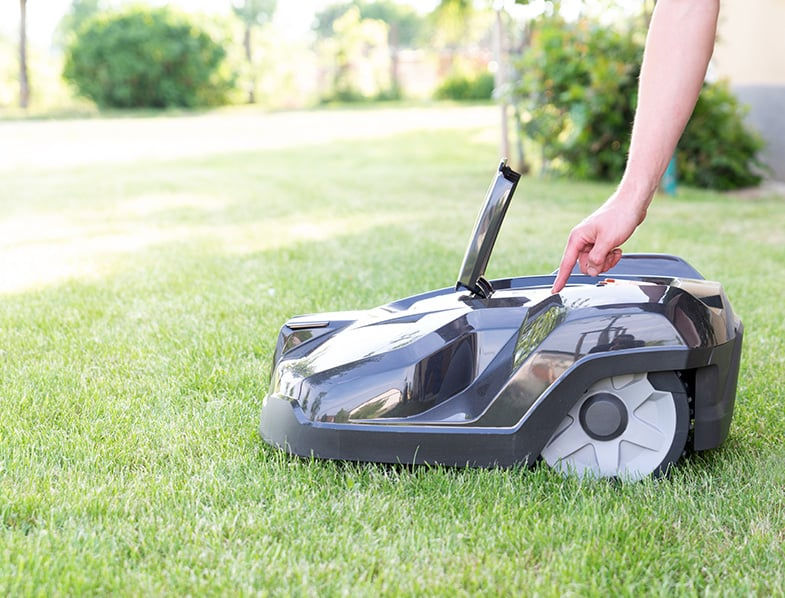How to Choose the Perfect Bike Rack for Your Needs
- Kate Westall
- Apr 21, 2023
- 3 min read
Whether you're an avid cyclist or just enjoy the occasional bike ride, having the perfect bike rack for your needs can make all the difference when it comes to transporting your bike. With so many options available, it can be challenging to know where to start when choosing a bike rack. This guide will help you navigate the world of bike racks, ensuring you find the best one for your needs and preferences.

1. Types of Bike Racks
There are several types of bike racks available, each with its own set of advantages and disadvantages. Some of the most common types include:
Roof-mounted bike racks: These racks attach to the roof of your vehicle and hold the bike upright. They're ideal for those who want to maintain access to their trunk and have a lower risk of damaging the bike or vehicle during transport. However, they can be difficult to install and may require additional equipment like crossbars.
Hitch-mounted bike racks: These racks attach to your vehicle's hitch receiver and can hold multiple bikes. They're easy to install and offer good bike protection. However, they can limit access to your trunk and may require an additional hitch for certain vehicles.
Trunk-mounted bike racks: These racks attach to the trunk of your vehicle with straps and hooks. They're usually the most affordable option and are relatively easy to install. However, they may not be as secure as other options and can limit trunk access.
2. Bike Rack Features to Consider
When choosing a bike rack, consider the following features:
Bike capacity: How many bikes do you need to transport? Make sure to choose a rack that can accommodate your needs.
Ease of use: How easy is it to load and unload your bike? Some racks require you to remove the front wheel, while others allow you to keep both wheels on.
Bike protection: Does the rack protect your bike from damage during transport? Look for racks with padding or rubberized contact points to prevent scratches and dents.
Vehicle protection: Does the rack protect your vehicle from damage? Ensure the rack has padding or rubberized contact points where it touches your vehicle.
Foldability: Can the rack be folded when not in use? This can be especially helpful for those with limited storage space.
3. Bike Rack Compatibility
Before purchasing a bike rack, make sure it's compatible with your vehicle and your bike. Check the manufacturer's guidelines for vehicle compatibility, as well as the maximum weight capacity of the rack. Additionally, consider the following:
Bike frame compatibility: Some racks may not accommodate certain bike frame designs, such as step-through frames or full-suspension mountain bikes.
Wheel size compatibility: Ensure the rack can accommodate your bike's wheel size, especially if you have a fat bike or a bike with larger wheels.
Tire width compatibility: Check if the rack can accommodate the width of your bike's tires, especially if you have a fat bike or a bike with wider tires.
4. Bike Rack Installation
Consider the ease of installation when choosing a bike rack. Some racks require professional installation, while others can be installed by the user. Keep in mind the following:
Tools required: Do you need any special tools to install the rack, or are they included with the purchase?
Time needed: How long does it take to install the rack? If you plan to remove and reinstall the rack frequently, choose one that's easy to install and remove.
Installation instructions: Are the instructions clear and easy to follow? Look for racks with detailed instructions and customer support if needed.

5. Bike Rack Security
Bike theft is a concern for many cyclists, so it's essential to choose a bike rack that offers security features. Some options to consider include:
Locking mechanism: Does the rack have a built-in lock or the ability to add a lock to secure your bike?
Cable lock compatibility: Can you use a cable lock with the rack to secure your bike?
Vehicle attachment security: Does the rack securely attach to your vehicle to prevent theft of the entire rack and bike?
6. Budget and Warranty
Finally, consider your budget and the warranty offered by the manufacturer. Bike racks can range in price from under $100 to over $500, so set a budget that fits your needs. Additionally, look for manufacturers that offer a warranty or guarantee to protect your investment.
Conclusion
Choosing the perfect bike racks for your needs may seem daunting, but by considering the types of bike racks available, the features that are important to you, and ensuring compatibility with your vehicle and bike, you'll be well on your way to finding the ideal solution. Don't forget to consider security, ease of installation, and budget when making your decision. With the right bike rack, you'll be able to transport your bike safely and securely, ensuring you're ready for your next cycling adventure.









Comments